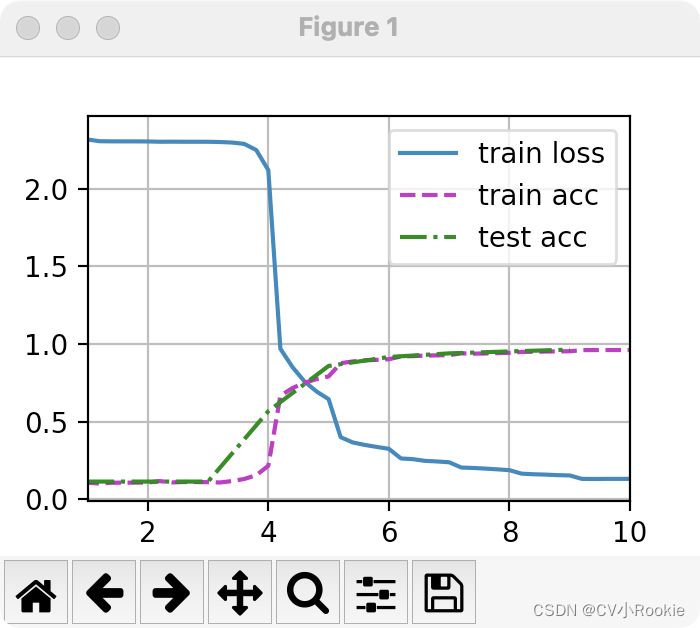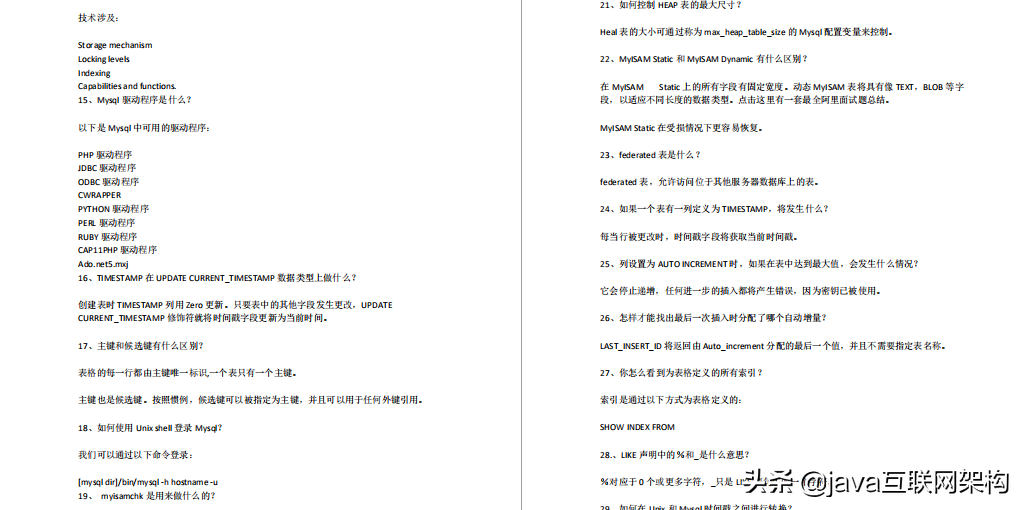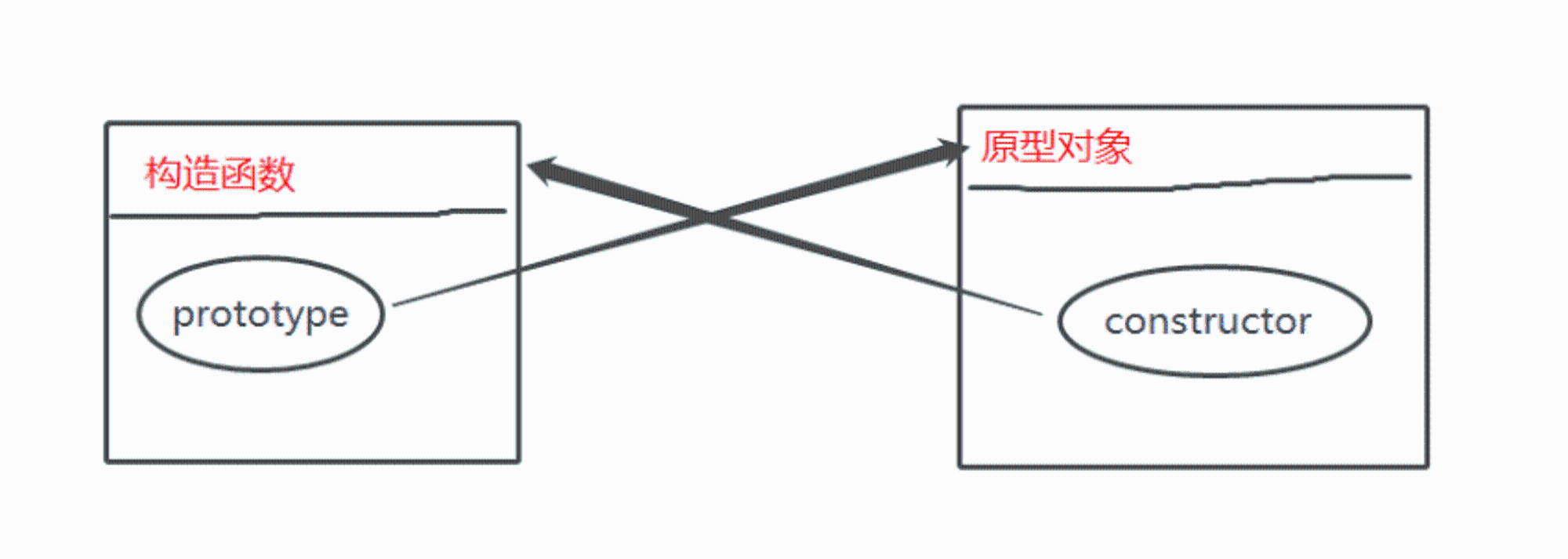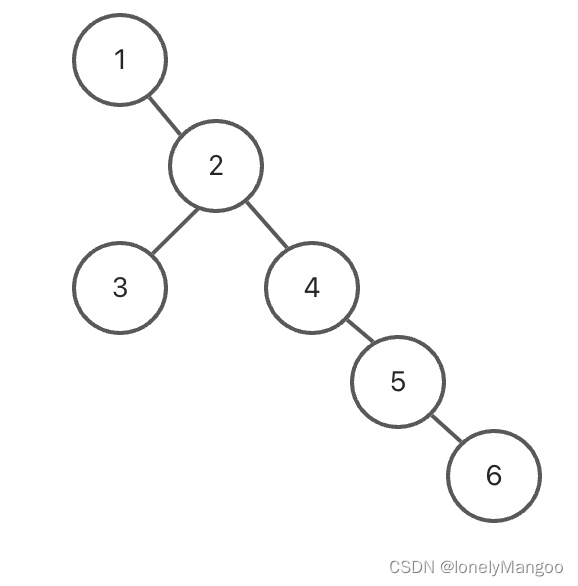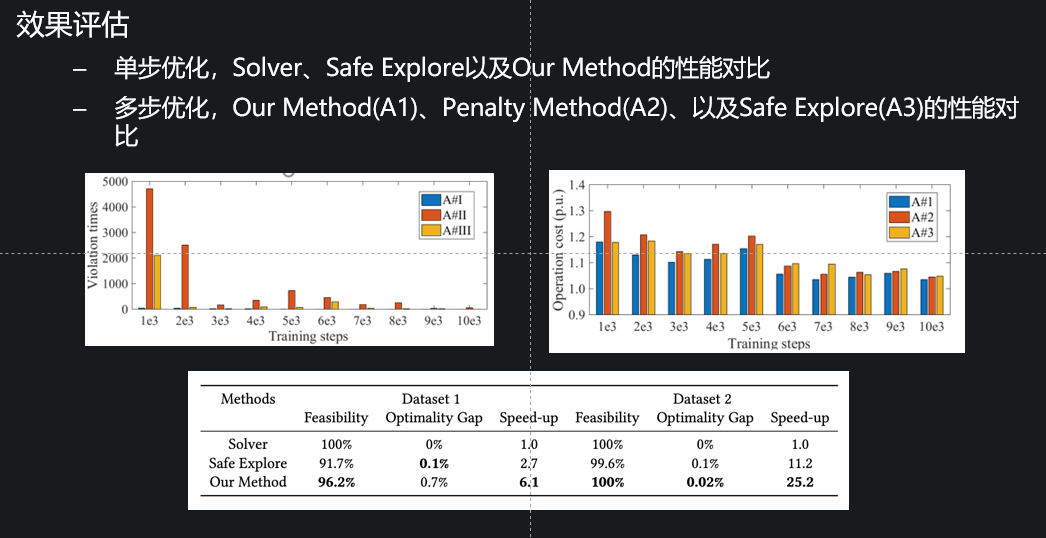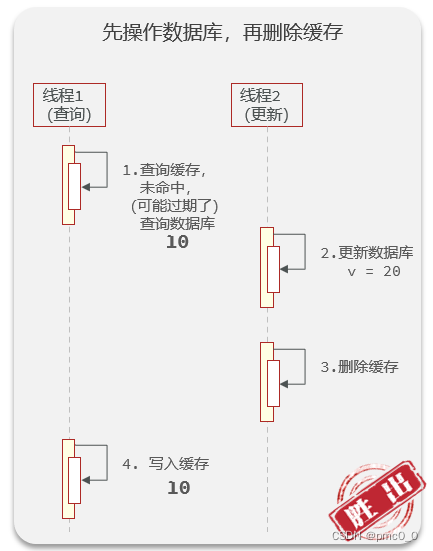当前位置:网站首页>Hands-on Deep Learning_LeNet
Hands-on Deep Learning_LeNet
2022-08-04 11:44:00 【CV Small Rookie】
LeNet 是最早发布的卷积神经网络之一,因其在计算机视觉任务中的高效性能而受到广泛关注.
It doesn't matter if you haven't heard of it,对 MINIST 肯定不陌生,MNIST 数据集就是 LeNet to identify the target.
当时,LeNet取得了与支持向量机(support vector machines)性能相媲美的成果,成为监督学习的主流方法
MNIST
简单介绍一下,MNIST 数据集共有 7w 张图片,其中 6w 用于训练,1w 用于测试.Each image is [email protected]*28 的黑白图像.
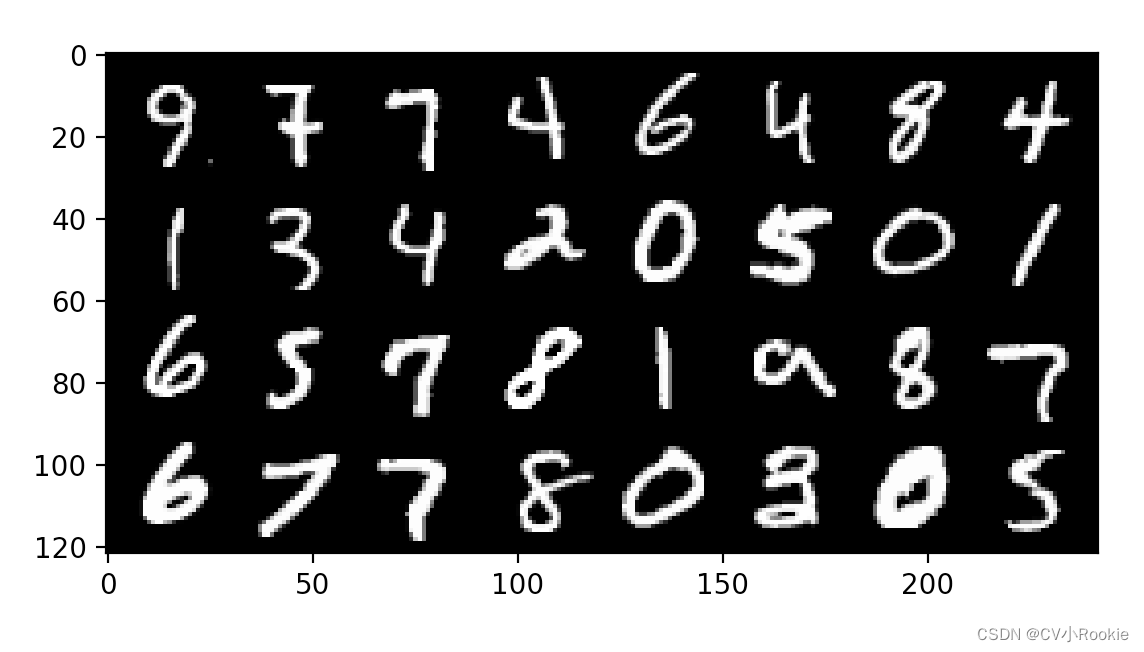
# 定义运行线程数
def get_dataloader_workers(): #@save
"""使用4个进程来读取数据"""
return 4
# 下载MNIST数据集,然后将其加载到内存中
def load_data_mnist(batch_size, resize=None): #@save
trans = [transforms.ToTensor()]
if resize:
trans.insert(0, transforms.Resize(resize))
trans = transforms.Compose(trans)
mnist_train = torchvision.datasets.MNIST(root="../data", train=True, transform=trans, download=True)
mnist_test = torchvision.datasets.MNIST(root="../data", train=False, transform=trans, download=True)
return (data.DataLoader(mnist_train, batch_size, shuffle=True, num_workers=get_dataloader_workers()),
data.DataLoader(mnist_test, batch_size, shuffle=False, num_workers=get_dataloader_workers()))LeNet
LeNet有两个部分组成,The front convolution module and the back fully connected module.Convolution is used to extract features,Full joins are used to map the final output for classification.

每个卷积块中的基本单元是一个卷积层、一个sigmoid激活函数和 average pooling 层(虽然 ReLU 和 max pooling 更有效,但它们在20世纪90年代还没有出现).每个卷积层使用5×5卷积核和一个sigmoid激活函数.这些层将输入映射到多个二维特征输出,通常同时增加通道的数量.第一卷积层有6个输出通道,而第二个卷积层有16个输出通道.每个2×2池操作(stride为2)通过空间下采样将维数减少4倍.卷积的输出形状由批量大小、通道数、高度、宽度决定.
为了将卷积块的输出传递给稠密块,我们必须在小批量中展平每个样本.换言之,我们将这个四维输入转换成全连接层所期望的二维输入.这里的二维表示的第一个维度索引小批量中的样本,第二个维度给出每个样本的平面向量表示.LeNet的稠密块有三个全连接层,分别有120、84和10个输出.因为我们在执行分类任务,所以输出层的10维对应于最后输出结果的数量.
直接上代码!
# 作者 :CV小Rookie
# 创建时间: 2022/8/3 20:45
# 文件名: train.py
import torch
from torch import nn
from d2l import torch as d2l
from download_datas import *
def get_default_device():
if torch.cuda.is_available() :
return 'cuda'
elif getattr (torch.backends, 'mps', None) is not None and torch.backends.mps.is_available():
return 'mps'
else:
return 'cpu'
device = get_default_device()
net = nn.Sequential(
nn.Conv2d(1, 6, kernel_size=5, padding=2), nn.Sigmoid(),
nn.AvgPool2d(kernel_size=2, stride=2), #
nn.Conv2d(6, 16, kernel_size=5), nn.Sigmoid(),
nn.AvgPool2d(kernel_size=2, stride=2),
nn.Flatten(),
nn.Linear(16 * 5 * 5, 120), nn.Sigmoid(),
nn.Linear(120, 84), nn.Sigmoid(),
nn.Linear(84, 10))
# X = torch.rand(size=(1, 1, 28, 28), dtype=torch.float32)
# for layer in net:
# X = layer(X)
# print(layer.__class__.__name__,'output shape: \t',X.shape)
print(net)
batch_size = 256
train_iter, test_iter = load_data_mnist(batch_size=batch_size)
# train_iter, test_iter = load_data_fashion_mnist(batch_size=batch_size)
def evaluate_accuracy_gpu(net, data_iter, device=None): #@save
"""使用GPU计算模型在数据集上的精度"""
if isinstance(net, nn.Module):
net.eval() # 设置为评估模式
if not device:
device = next(iter(net.parameters())).device
# 正确预测的数量,总预测的数量
metric = d2l.Accumulator(2)
with torch.no_grad():
for X, y in data_iter:
if isinstance(X, list):
# BERT微调所需的(之后将介绍)
X = [x.to(device) for x in X]
else:
X = X.to(device)
y = y.to(device)
metric.add(d2l.accuracy(net(X), y), y.numel())
return metric[0] / metric[1]
def train(net, train_iter, test_iter, num_epochs, lr, device):
def init_weights(m):
if type(m) == nn.Linear or type(m) == nn.Conv2d:
nn.init.xavier_uniform_(m.weight)
net.apply(init_weights)
print('training on', device)
net.to(device)
optimizer = torch.optim.SGD(net.parameters(), lr=lr)
loss = nn.CrossEntropyLoss()
animator = d2l.Animator(xlabel='epoch', xlim=[1, num_epochs],
legend=['train loss', 'train acc', 'test acc'])
timer, num_batches = d2l.Timer(), len(train_iter)
for epoch in range(num_epochs):
# 训练损失之和,训练准确率之和,样本数
metric = d2l.Accumulator(3)
net.train()
for i, (X, y) in enumerate(train_iter):
timer.start()
optimizer.zero_grad()
X, y = X.to(device), y.to(device)
y_hat = net(X)
l = loss(y_hat, y)
l.backward()
optimizer.step()
with torch.no_grad():
metric.add(l * X.shape[0], d2l.accuracy(y_hat, y), X.shape[0])
timer.stop()
train_l = metric[0] / metric[2]
train_acc = metric[1] / metric[2]
if (i + 1) % (num_batches // 5) == 0 or i == num_batches - 1:
animator.add(epoch + (i + 1) / num_batches,
(train_l, train_acc, None))
test_acc = evaluate_accuracy_gpu(net, test_iter)
animator.add(epoch + 1, (None, None, test_acc))
torch.save(net.state_dict(), "module-{0}.pth".format(epoch))
print(f'loss {train_l:.3f}, train acc {train_acc:.3f}, '
f'test acc {test_acc:.3f}')
print(f'{metric[2] * num_epochs / timer.sum():.1f} examples/sec '
f'on {str(device)}')
lr, num_epochs = 0.9, 10
train(net, train_iter, test_iter, num_epochs, lr, device)以[email protected]输入为例
Conv2d output shape: torch.Size([1, 6, 28, 28])
Sigmoid output shape: torch.Size([1, 6, 28, 28])
AvgPool2d output shape: torch.Size([1, 6, 14, 14])
Conv2d output shape: torch.Size([1, 16, 10, 10])
Sigmoid output shape: torch.Size([1, 16, 10, 10])
AvgPool2d output shape: torch.Size([1, 16, 5, 5])
Flatten output shape: torch.Size([1, 400])
Linear output shape: torch.Size([1, 120])
Sigmoid output shape: torch.Size([1, 120])
Linear output shape: torch.Size([1, 84])
Sigmoid output shape: torch.Size([1, 84])
Linear output shape: torch.Size([1, 10])
loss 0.131, train acc 0.961, test acc 0.966
边栏推荐
- 如何过一个充满科技感的七夕?华为告诉你
- Move the blog to CSDN
- Leetcode - using sequence traversal features first completed 114. The binary tree to the list
- 【LeetCode】701.二叉搜索树中的插入操作
- 微信公众号之底部菜单
- 拦截器,文件流,下载文件?
- [Flight Control Development Advanced Course 7] Crazy Shell Open Source Formation UAV - Formation Flight
- 从数学角度和编码角度解释 熵、交叉熵、KL散度
- 【目标检测】------yolo:xml和txt文件相互转化
- 深度学习------pytorch实现划拳模型训练
猜你喜欢
随机推荐
数据库表列类型;DML_添加数据;DDL_修改,删除数据库表
WPF 截图控件之画笔(八)「仿微信」
到底什么是JS原型
Rust 从入门到精通04-变量
不会还有人不知道防抖吧?
复盘:经典的HR面试问题,这些问题可以挖掘你个人的素质,看看你是否合适合我们部门
Leetcode - using sequence traversal features first completed 114. The binary tree to the list
Leetcode刷题——构造二叉树(105. 从前序与中序遍历序列构造二叉树、106. 从中序与后序遍历序列构造二叉树)
蒲丰投针学习笔记
七夕还没选好礼物,快送这套美妆秘籍,保准没错~~
使用Stream多年,collect还有这些“骚操作”?
深度强化学习与APS的一些感想
BOSS直聘回应女大学生连遭两次性骚扰:高度重视求职者安全 可通过App等举报
Leetcode brush - structure binary tree (105. Once upon a time sequence and the sequence structure binary tree traversal sequence, 106. From the sequence with the sequence structure binary tree travers
cat /proc/kallsyms 发现内核符号表值都为0
节流函数(每隔一段时间就会执行一次)
请 AI 画家弄了个 logo,网友热议:画得非常好,下次别画了!
[Flight Control Development Advanced Course 7] Crazy Shell Open Source Formation UAV - Formation Flight
200ppi转以太网通过4Gwifi在医药设备移动平台(平板电脑、手机)
Zikko上市同时搭载HDMI2.1和2.5GbE新款雷电4扩展坞
